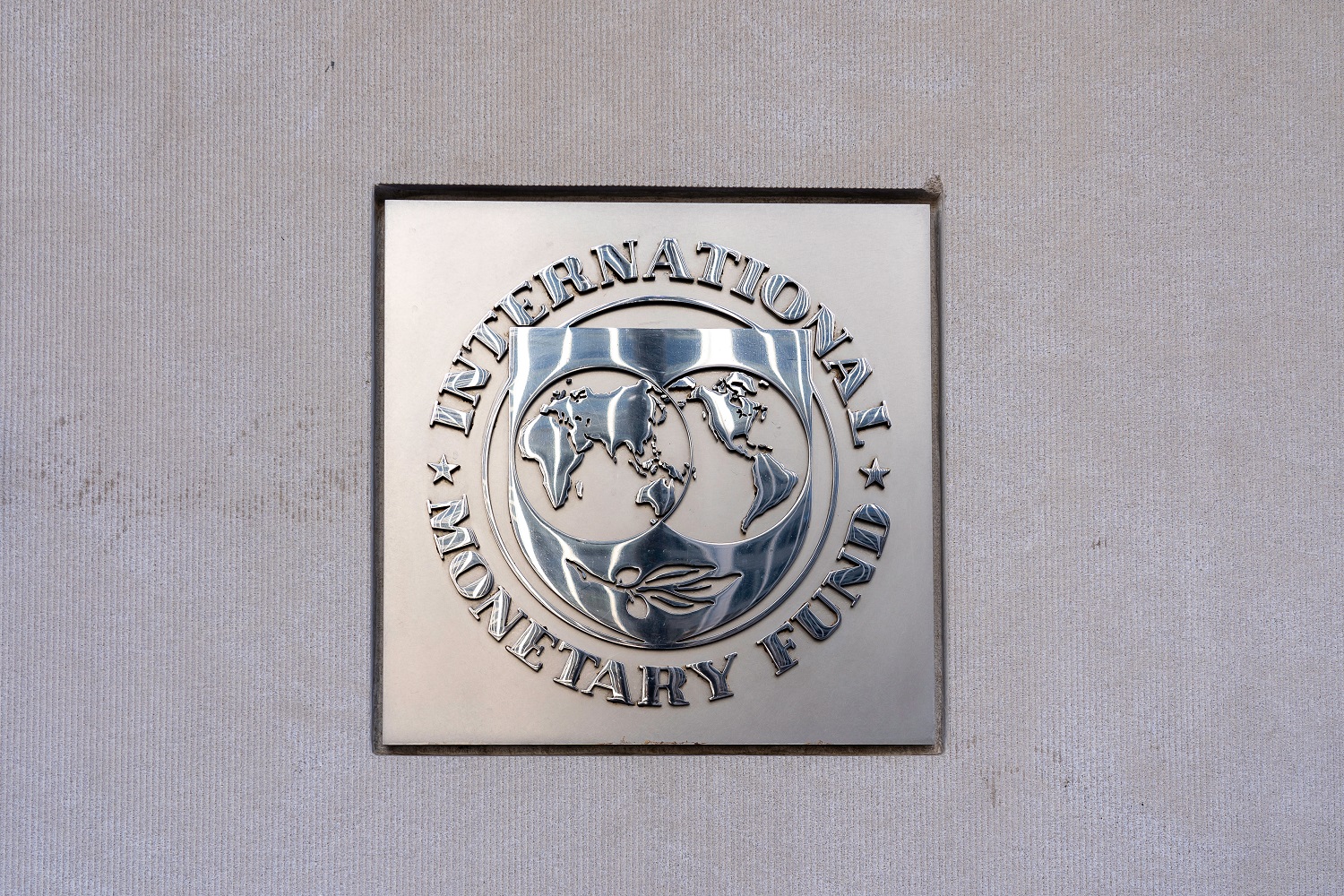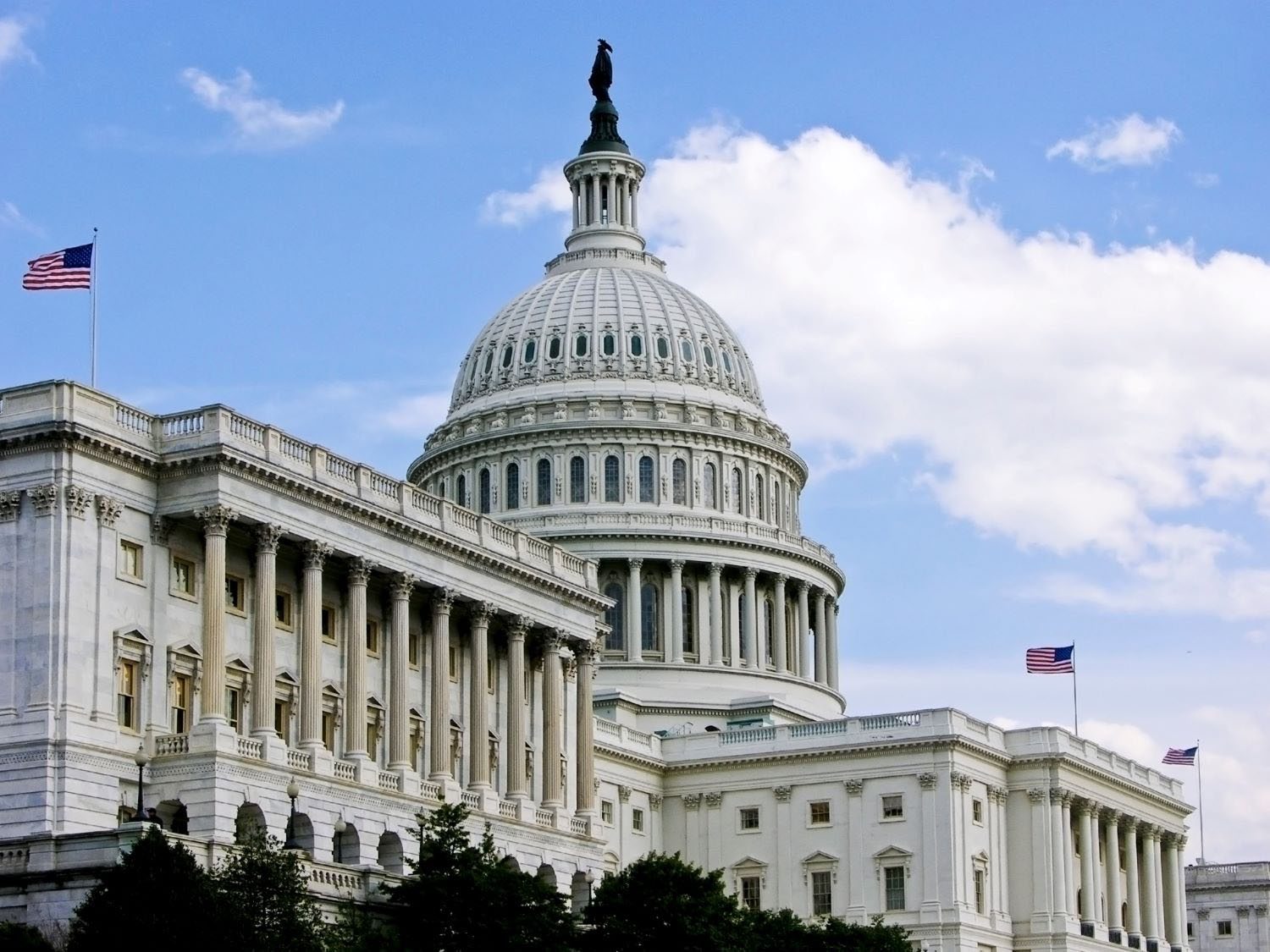This blog is one in a series by experts across the Center for Global Development ahead of the IMF/World Bank Spring Meetings. Each post in the series will put forward a tangible policy “win” for the World Bank or the broader MDB system that the author would like to see emerge from the Spring Meetings. Read the other posts in the series, and stay tuned for more.
The World Bank’s International Development Association (IDA) is the largest source of concessional loans and grants for the world’s poorest countries. Its financing, if well-deployed, will continue to contribute to client countries’ recovery from the COVID-19 crisis and their longer-term growth. Among IDA’s key substantive priorities is gender and development—which sits alongside human capital; fragility, conflict, and violence; jobs and economic transformation; and climate change as an overarching special theme. But despite IDA’s inclusion of gender equality as a theme beginning in 2016, it remains at the bottom of IDA-borrowing government officials’ own priorities. What reasons might lie behind this misalignment, and how should it be addressed?
The IDA20 final replenishment report positions gender equality as a core priority, stating that there is a “broad consensus that closing gaps between women and men, and boys and girls are essential for reducing poverty and boosting shared prosperity.” But a 2022 survey by Prizzon et al. reveals that there is little appetite from government officials in lower-income countries for World Bank financing to promote gender equality. Less than one in three respondents in IDA client countries referenced gender equality as a key priority, in contrast to 60 percent of government officials in central and line agencies who would like IDA to concentrate on health, education, water and sanitation, energy and agriculture.
Given the drive to ensure that development decision-making is increasingly localized, there is an understandable impulse to take this data at face value, and, in turn, to question whether gender equality is worth maintaining as a core IDA priority, especially in the face of global challenges like climate change and pandemic preparedness. But two things should be considered first:
- Gender equality may just have an image problem.
- Government officials’ priorities may be misaligned with those of their citizens.
Gender equality’s image problem
The term “gender equality” is loaded in many contexts. It’s been politicized and rendered polarizing, often by actors who position gains for women and girls as a zero-sum trade off with those for men and boys, or who fearmonger to their target audiences by suggesting that gender equality would erode communities’ culture and values. (In fact, evidence suggests that these claims are baseless, with gender equality a core tenet of many African cultures, for example, prior to colonization.)
Even where gender equality is not perceived as a Western-imposed threat to local cultures in lower-income countries, it may be seen as a “nice to have” at best, but not a serious economic issue, in contrast to the need for investment in hard infrastructure, agriculture, or extractives. And though it’s unfortunate that women’s and girls’ equality is not seen as an important end in itself, it’s clear that instrumentalist arguments will be needed to fix gender equality’s image problem among IDA country government officials. Gender equality needs a rebrand—one that effectively communicates it as an essential driver of economic development and growth.
Rigorous evidence is already out there to prove this point, but Prizzon and co-authors’ data suggests that it has not reached government officials in IDA countries. One way forward would be to generate and share more country-specific evidence on the macroeconomic benefits of gender equality, to complement the existing evidence base, which largely takes a global view. New research—ideally conducted by researchers in IDA countries—should also compare the payoffs of policies and investments to narrow gender gaps with those that are commonly accepted to catalyze growth. For example, in Norway, Kjersti Misje Ostbakken documents that women’s labor force participation has driven the strength of the country’s economy—significantly more than its oil revenues. Norwegian policymakers have acknowledged the value of women’s contributions to economic growth and continue to prioritize policies aimed at driving women’s equal labor force participation and advancement, such as those aimed at providing quality childcare, skills training, and equal access to finance. Similar analyses in IDA countries could go a long way in shifting officials’ willingness to prioritize similar social protection, labor market, and financial sector policies.
Within IDA’s own framing of gender equality, it may be more effective to get specific—setting goals that are clearly connected with government officials’ sector-specific or wider macroeconomic objectives. The IDA20 final replenishment report reflects four gender equality-related priorities: (1) improving gaps in human endowments; (2) removing constraints for more and better jobs; (3) removing barriers to women’s ownership; and (4) addressing control of assets and enabling women’s voice and agency. But by focusing instead on concrete, sector-specific goals—such as increasing agricultural productivity by boosting women farmers’ yields, or increasing labor force participation by increasing young women’s school to work transition—government officials may have an easier time seeing the relevance of gender equality-related goals for their own agendas.
Disconnect between government officials and citizens
In an ideal scenario, government officials’ preferences would accurately reflect and represent the priorities of citizens in their countries. But in contexts with constraints on democracy—including disproportionate constraints facing women as they seek to access channels of influence—this scenario is left unrealized. Prizzon and co-authors do not publish data on the genders of their respondents, so we don’t know whether the sample overrepresents men’s perspectives (though we know women are on the whole underrepresented in positions of political leadership).
Recognition of a broader disconnect between government and citizen priorities has led others to call for increasing pathways for civil society engagement in IDA priority setting. More direct communication with civil society representatives can help ensure IDA priorities are demand-driven, and support for civil society organizations (CSOs) through IDA would enable these organizations to complement governments in achieving development outcomes in their countries. At present, very little IDA financing is directed towards CSOs, consistent with broader trends in official development assistance. An even smaller sliver reaches women’s rights organizations. In future conversations about CSO engagement with IDA, it will be critical to ensure that CSOs invited to the table are themselves inclusive of the populations they are meant to represent, with women’s groups being a key player.
A shorter-term option: Harnessing incentive structures
Beyond facilitating government officials’ access to evidence on gender equality’s benefits and ensuring civil society actors from IDA countries can play a meaningful role in guiding IDA priorities—both of which will be longer-term endeavors—incentive structures can be harnessed to encourage client countries to address the binding constraints on women’s equal participation in economies and societies. The World Bank’s new Invest in Childcare Initiative offers a model: governments that decide to use IDA loans to invest in childcare provision will receive a 1:1 matching grant, made possible through contributions from the United States, Canada, Germany, Australia, and philanthropic funders to the initiative. The IDA20 replenishment saw the adoption of the first target focused on childcare—and its return-on-investment case is increasingly clear. Financing directed at this underinvested area can create millions of jobs as well as increase unpaid caregivers’ workforce participation and productivity, with knock-on benefits for tax revenue and GDP growth. While this case is being made to in-country decision-makers, matching grants and other incentive arrangements can help jumpstart progress.
We can’t ignore the fact that gender bias is real, and not all hearts and minds will be quick to change, even in the face of compelling evidence documenting gender equality’s contributions to other development goals. But where reluctance around gender equality as an IDA priority is rooted in a lack of information, or perhaps in misinformation, or a disconnect between citizens’ priorities and the decisions of their government representatives, it’s time to shift tactics to ensure that gender equality not only stays but gets elevated on the global agenda. In the face of compounding crises and considerations of channeling IDA resources to tackle new global challenges, gender equality should not fall off the agenda. In fact, remembering to put it front and center will allow limited resources to stretch that much further.
Disclaimer
CGD blog posts reflect the views of the authors, drawing on prior research and experience in their areas of expertise. CGD is a nonpartisan, independent organization and does not take institutional positions.
Image credit for social media/web: Adobe Stock







